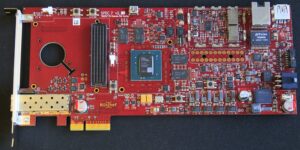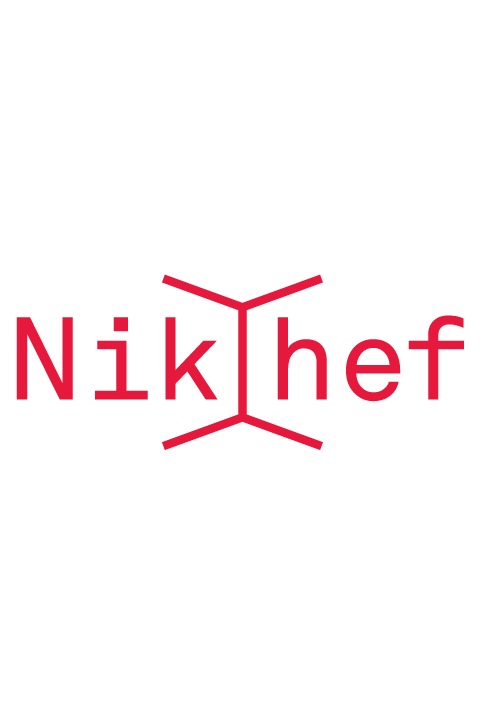June 29, 2020
The international engineering organisation IEEE has adopted a CERN technique for synchronizing clock signals as an industry standard. This White Rabbit technique, after the rabbit from Alice in Wonderland carrying a watch, makes it possible to run systems within a nanosecond.
This has been announced by IEEE and CERN. White Rabbit was developed at CERN to seamlessly connect the components and subsystems of the Large Hadron Collider accelerator. Ethernet is used, in which extremely short pulses of light in fibreoptics give the clock ticks.
White Rabbit is a protocol that dictates how time differences can be determined and compensated. The protocols can be defined in logical circuits, which can be integrated into electronics.
Remarkable is that White Rabbit has been an open source technology from the beginning, which has allowed all kinds of experts to contribute to it. This also makes it possible that White Rabbit has been used in other major scientific projects, such as in radio telescopes with many dishes, meteorology and large neutrino detector fields. In the meantime, the commercial world is also showing interest in it, from the financial sector to telecom companies. Electronics suppliers are also starting to offer the techniques commercially.
Nikhef has long been involved in the development of White Rabbit, initially for the KM3NeT neutrino detector in the Mediterranean, the LHC accelerator at CERN and the Nikhef experiments in Geneva. Nikhef electronical engineer Peter Jansweijer won an IEEE prize two years in a row for his contributions to technology and its practical applications.
With White Rabbit, the industry standard for clock synchronization becomes a lot sharper. Until recently, precision within microseconds was common. Now it can be within nanoseconds, even hundreds of kilometres away. Nikhef produces his own circuit boards with White Rabbit for metrological applications.


